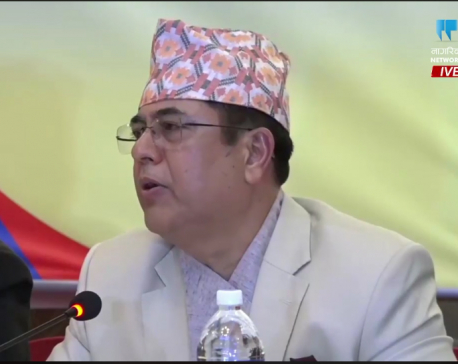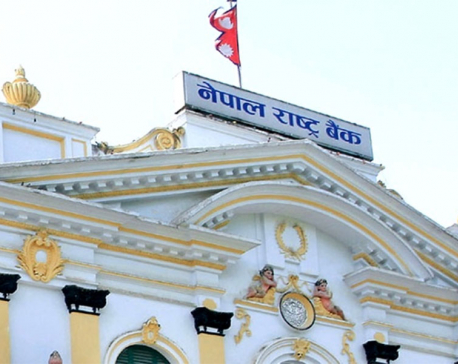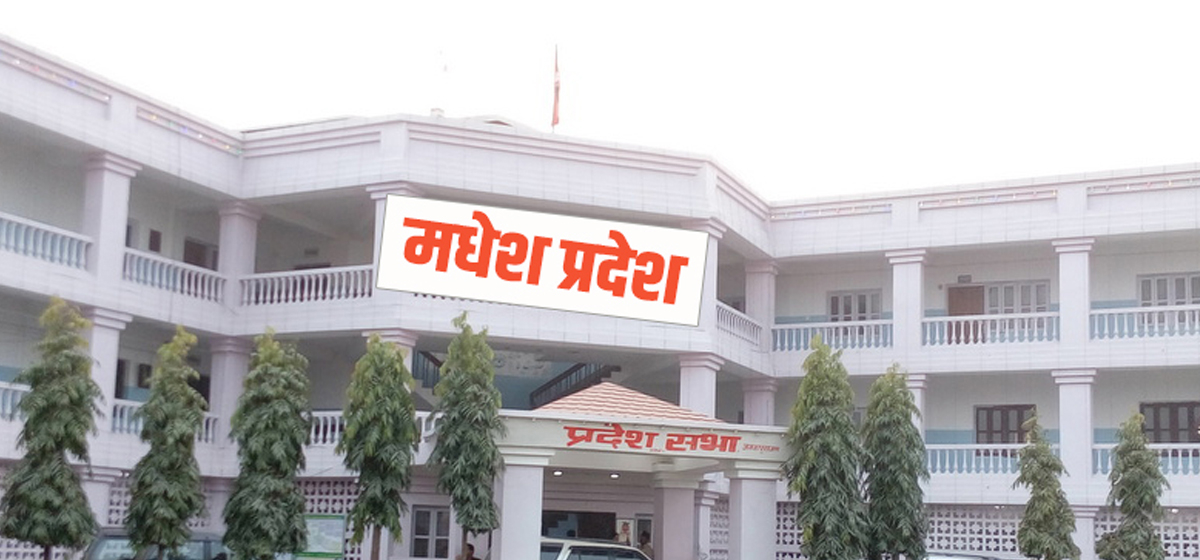
OR
Mid-term review of monetary policy
NRB increases refinance fund size to Rs 50 billion
Published On: February 20, 2019 08:00 AM NPT By: Republica | @RepublicaNepal
KATHMANDU, Feb 20: Nepal Rastra Bank (NRB) has released the mid-term review report of the monetary policy for the current Fiscal Year 2018/19, bringing some measures aimed at checking ultra-high lending rates and availing more lendable fund to the private sector.
Among others, the NRB has announced through the mid-term policy review that it will further increase the size of refinance fund to Rs 50 billion from existing limit of Rs 35 billion. The limit of the refinance fund was increased in the current monetary policy from Rs 20 billion amid demands from the private sector such concessional fund was too small to meet the growing demands of loans.
Due to the small size of the fund, the central bank used to release the money on a rolling basis, implying that a borrower finds the turn when the earlier borrower repays the loans.
The central bank channelizes the refinance fund through banking institutions to certain priority sectors at four percent while banks should not charge more than 9 percent interest rates from the borrowers. In the mid-term review, the central bank has also lowered the limit that a banking institution can charge under this refinancing facility to 8 percent.
As of mid January of the current fiscal year, the private sector has utilized Rs 18.8 billion in refinance facility, up from Rs 12.23 billion in mid-July last year, according to the NRB data.
The refinance fund is aimed at providing the financing to priority sectors including manufacturing business which helps in creating employment opportunities, support economic growth and help reduce trade deficit.
Similarly, the central bank has also announced that it will fix the maximum premium that a bank and financial institution can mark up on their base rate to determine interest rates on loans floated to priority sectors like agriculture, energy, tourism and manufacturing sectors. So far, a bank is free to set its own premium on the base rate for fixing lending rate. However, NRB officials say that they will fix such limit on the premium after carrying out necessary studies through a circular later.
INTEREST SPREAD RATE FORMULA TO BE REVISED
The central bank has also announced that it will revise the rule on the way the interest spread rate is calculated by banks. In its monetary policy mid-term review report, the NRB said that the weightage average interest rates of deposits and lending will be taken into account for the interest spread rate calculation. Spread interest rate generally refers to the difference between the interest rate provided by bank on deposit and charged on their loans. The NRB has capped such average interest spread for a commercial bank to 5 percent which should be brought down to 4.75 percent after mid-April.
The existing formula set by the NRB to calculate average interest spread rate allows banks to include the average interest incomes and average interest expenses as well as interest income on government securities. However, once the new formula is enforced, banks will have to include the weightage average interest from deposits, loans and earning from investment in securities.
While the new formula is expected to lower interest rates, the revision in the way the interest spread rate is calculated is likely to hit the profit of banking institution.Meanwhile, the Nepal Bankers Association (NBA) has called its meeting of members to discuss and make its comment over the central bank's review on the monetary policy including the revision in the interest spread formula.
You May Like This

Monetary policy falls short of fixing interest issue
Nepal Rastra Bank (NRB) issued the monetary policy for the current fiscal year 2019/20 last week. One of the major... Read More...

Monetary policy aims to lower interest rates, ease 'credit crunch'
KATHMANDU, July 25: Nepal Rastra Bank (NRB) has introduced its monetary policy for the new fiscal year 2019/20, focusing on making... Read More...

PAN number mandatory for loan above Rs 5m
KATHMANDU, July 24: Nepal Rastra Bank has made mandatory provision to possess PAN number for those seeking loans above Rs... Read More...





Just In
- Forest fire destroys 13 houses in Khotang
- First meeting of Nepal-China aid projects concludes
- Lungeli appointed as Minister for Labor and Transport in Madhesh province govt
- Bus knocks down a pilgrim to death in Chitwan
- One killed in tractor-hit
- Karnali Chief Minister Kandel to seek vote of confidence today
- Chain for Change organizes ‘Project Wings to Dreams’ orientation event for inclusive education
- Gold price decreases by Rs 200 per tola today














Leave A Comment